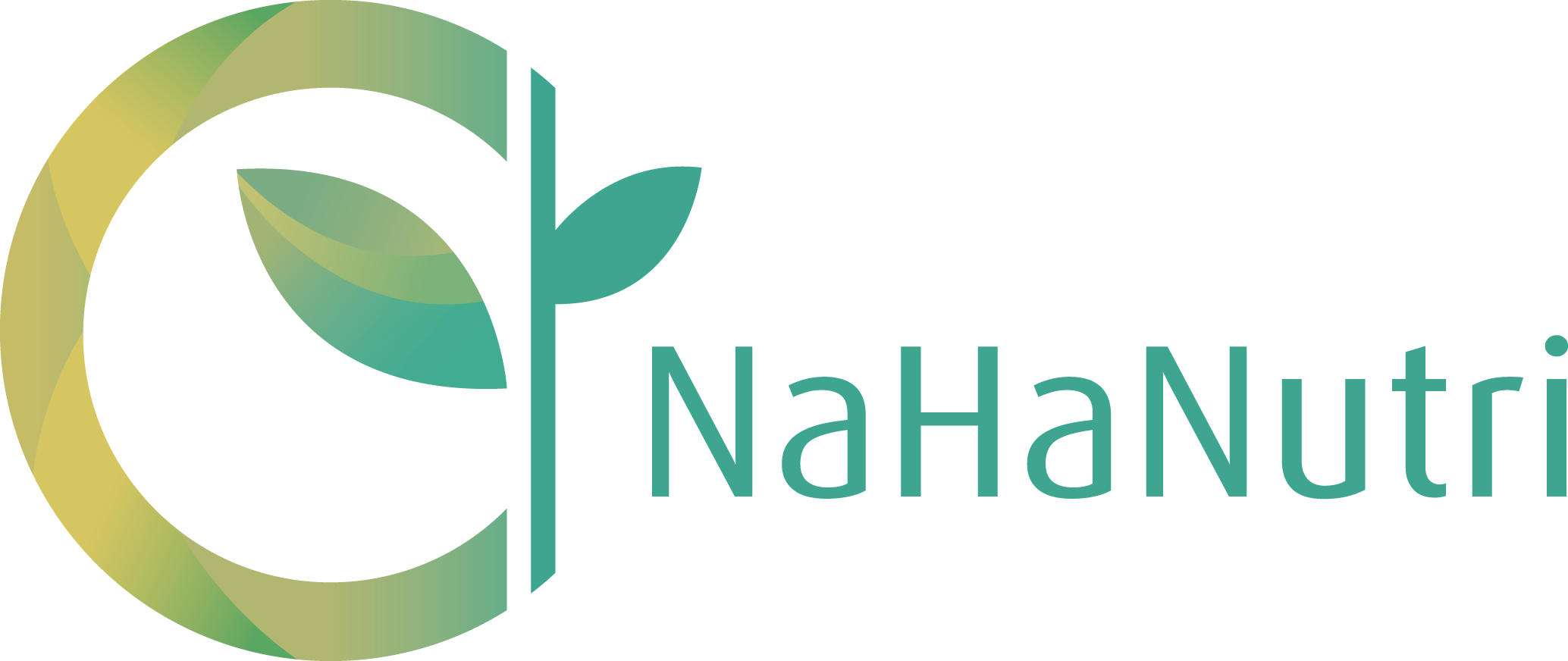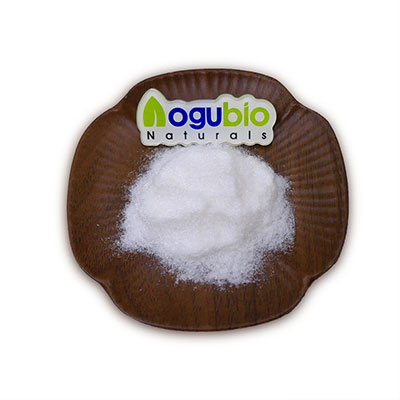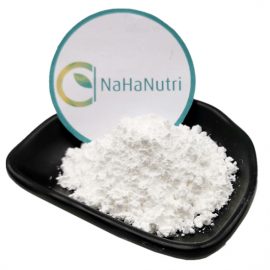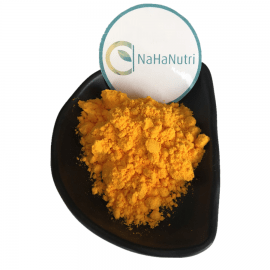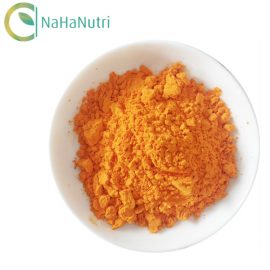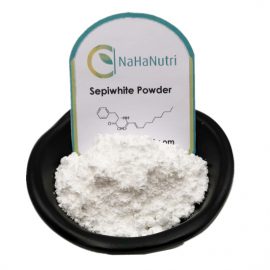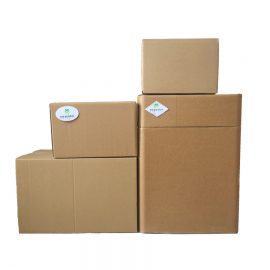CAS:96-26-4
INCI:1,3-dihydroxy-2-propanone
Composition:1,3-dihydroxy-2-propanone
Purity Grade:No purity grade applicable
Appearance:Off-white, fine crystalline powder, characteristic odor
PH Value:PH range: 4-6
Solubility:Soluble in water & alcohol
Preservation:Preservative-free
Storage:Store refrigerated (4-8oC / 39-46oF)
Country of Origin:China
Raw Material Source:Glycerin, sorbitol
Manufacture:DHA is produced by bacterial-driven enzymatic degradation of natural glycerin in the presence of sorbitol.
Animal Testing:Not animal tested
GMO:No data available
Vegan:Does not contain animal-derived components
HS Code:2914406000
Description
FDA-approved self-tanning agent obtained by bacterial degradation of natural phosphate sugar. Synonyms: dihyxal, otan, oxantin.
Benefits
- Reacts with proteins in the skin thereby forming melanoidin-like brown compounds within 2 hours producing a suntanned appearance
- Note: tan does not protect against UV-rays like the melanin-tan produced by sunbathing!
- Can be combined with erythrulose
Use
Can be added to formulations as is, usual final concentration 2-12%, lower concentration for lighter tan or face, higher concentration for darker shade and body. DHA may lose its tanning effect (or induce discolorations) when combined with alpha-hydroxy acids, titanium dioxide, zinc oxide, iron oxide pigments, or certain perfumes. Avoid using amino acids, proteins, peptides, EDTA. Final product should be in the pH range between 3.5 and 5, this will prevent it from early degradation. Usually combined with erythrulose for a deeper, natural looking tan. For external use only.
Applications
All kinds of self-tanning cosmetic products including creams and lotions, cream foundations.

